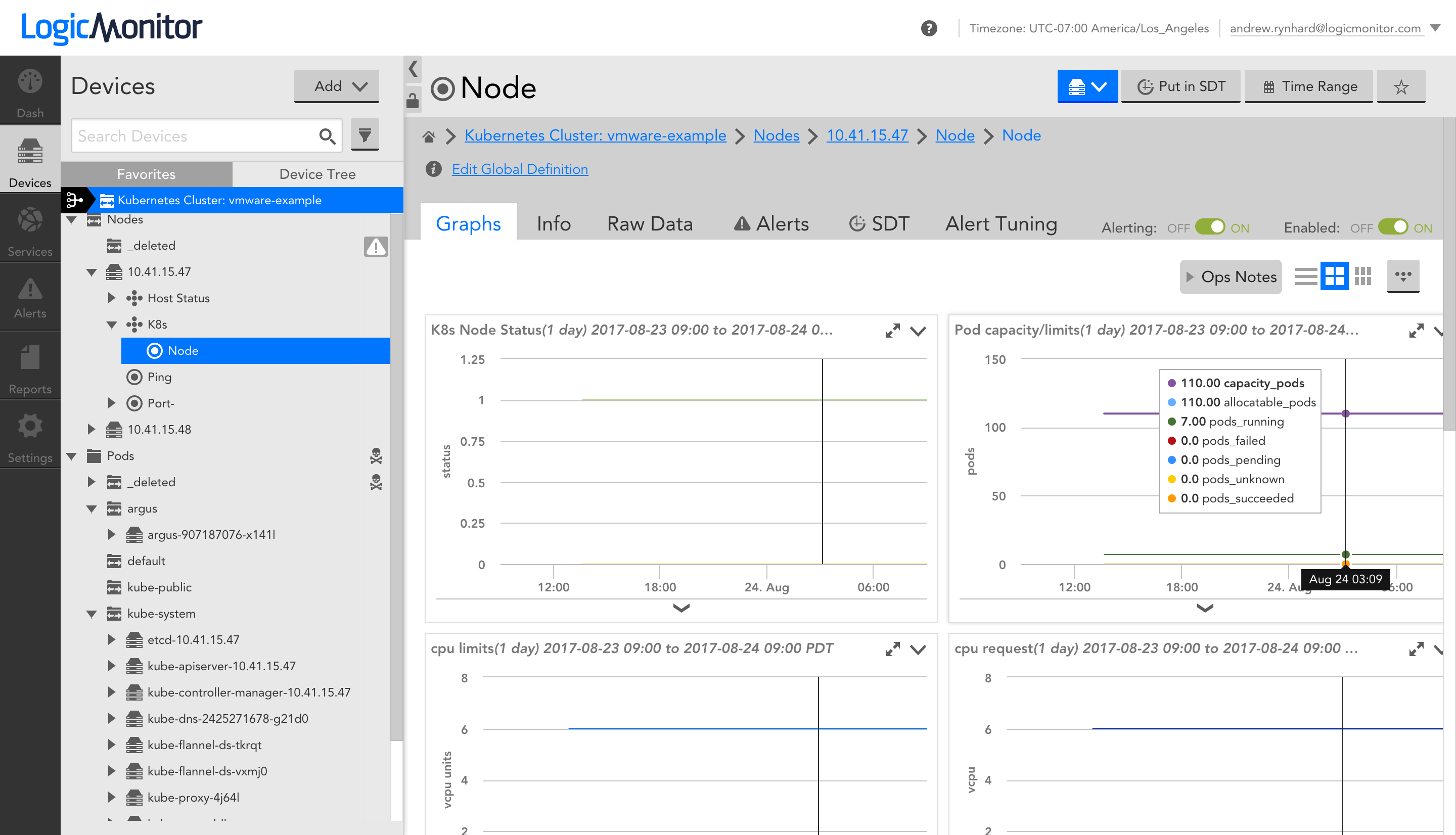

- #Kubernetes ephemeral storage how to#
- #Kubernetes ephemeral storage drivers#
- #Kubernetes ephemeral storage driver#
- #Kubernetes ephemeral storage full#
Volumes mounted on the container (if defined). A root file system that matches the content of the container image. Processes running within containers in a pod see a file system view composed of: The location of the directory, the storage media that supports it, and its contents, depend on the specific type of volume being used. HPE CSI Operator for Kubernetes on OperatorHub.A Kubernetes volume is a directory containing data, which can be accessed by containers in a Kubernetes pod. #Kubernetes ephemeral storage driver#
HPE CSI Driver for Kubernetes Helm Chart. Sign up on if you’re an external HPE user or login directly at if you’re an HPE employee. We hang out on the HPE DEV Slack community. Take the new CSI driver for a spin and let us know what you think. It’s always exciting to talk about new features and capabilities. With the HPE 3PAR/Primera CSP, it’s possible to create a separate Virtual Domain for inline volumes and the user is essentially a tenant on the backend storage array. This is not a particularly good idea with the HPE Nimble Storage CSP at this time as there’s no mechanism to create the necessary separation. Handing out the Secret to a user is the same as handing over credentials to the CSP backend!ĬSI ephemeral inline volumes provide a means for the Kubernetes admin to make cluster users aware of how and where temporary storage resources may be provisioned. This is where a word of caution is warranted. All parameters, including the Secret needs to be part of the declaration. Note that there’s no StorageClass at play here. Any additional parameters supported by the Container Storage Provider (CSP) may be used here. This is the bare minimum amount of parameters required to provision an inline volume. Inline-volume-secret-namespace: kube-system Creating the above PVC and Pod would result in the following log output: $ kubectl logs -f pod/iopingĤ KiB > /data/mydata.txt sleep 1 done" ] volumeMounts:Ĭsi./ephemeral: "true" inline-volume-secret-name: nimble-secret spec.volumes stanza is exactly the same as it would be for using a filesystem. Let’s bring up a Pod as an example: -Ĭommand: args: volumeDevices: To be able to address the block device, there’s additional details that needs to be declared in the Pod specification. Setting the volumeMode attribute to Block will change this, presenting the device itself, once it is exposed to a Pod. By default, volumeMode is set to Filesystem and is usually never called out explicitly. This is a conventional Persistent Volume Claim (PVC). Let’s compare the Kubernetes minutia needed to declare a regular volume versus a raw block volume. The concept of presenting a raw block volume to a Pod on Kubernetes is very similar to how Raw Device Mappings (RDMs) are presented on VMware vSphere, where a virtual machine get unfettered direct access to a LUN on a storage fabric exposed to the VMware ESX host. Applications that truly can take advantage of raw block volumes on Kubernetes are few and far between. It effectively removes the double-buffering effects that filesystems introduces along with the POSIX semantics and filesystem internals. This is beneficial for applications that are capable of addressing the device directly to store data. With the introduction of raw block volumes, there’s now a way to present the underlying block device that the filesystem normally is created on. Historically, a “volume” on Kubernetes translates to a POSIX-like filesystem to store persistent data at a given path inside a Pod. Kubernetes supports running a diverse set of applications with various needs when it comes to infrastructure requirements, such as compute, networking and storage. Do note that ephemeral inline volumes are still considered beta in Kubernetes. For the examples below, we’ll use a recent version of the HPE CSI Driver with the default StorageClass installed on Kubernetes 1.18. 
#Kubernetes ephemeral storage drivers#
Many CSI drivers support these capabilities.
#Kubernetes ephemeral storage how to#
In this blog post, we’ll explore how to expose raw block volumes and the different ways to declare an ephemeral inline volume for Kubernetes Pods.
#Kubernetes ephemeral storage full#
As always, new capabilities introduce new YAML stanzas that needs to be understood to take full advantage of these capabilities. With the release of the HPE CSI Driver for Kubernetes 1.2.0 quite a few new Container Storage Interface (CSI) concepts were introduced as fully supported features.






 0 kommentar(er)
0 kommentar(er)
